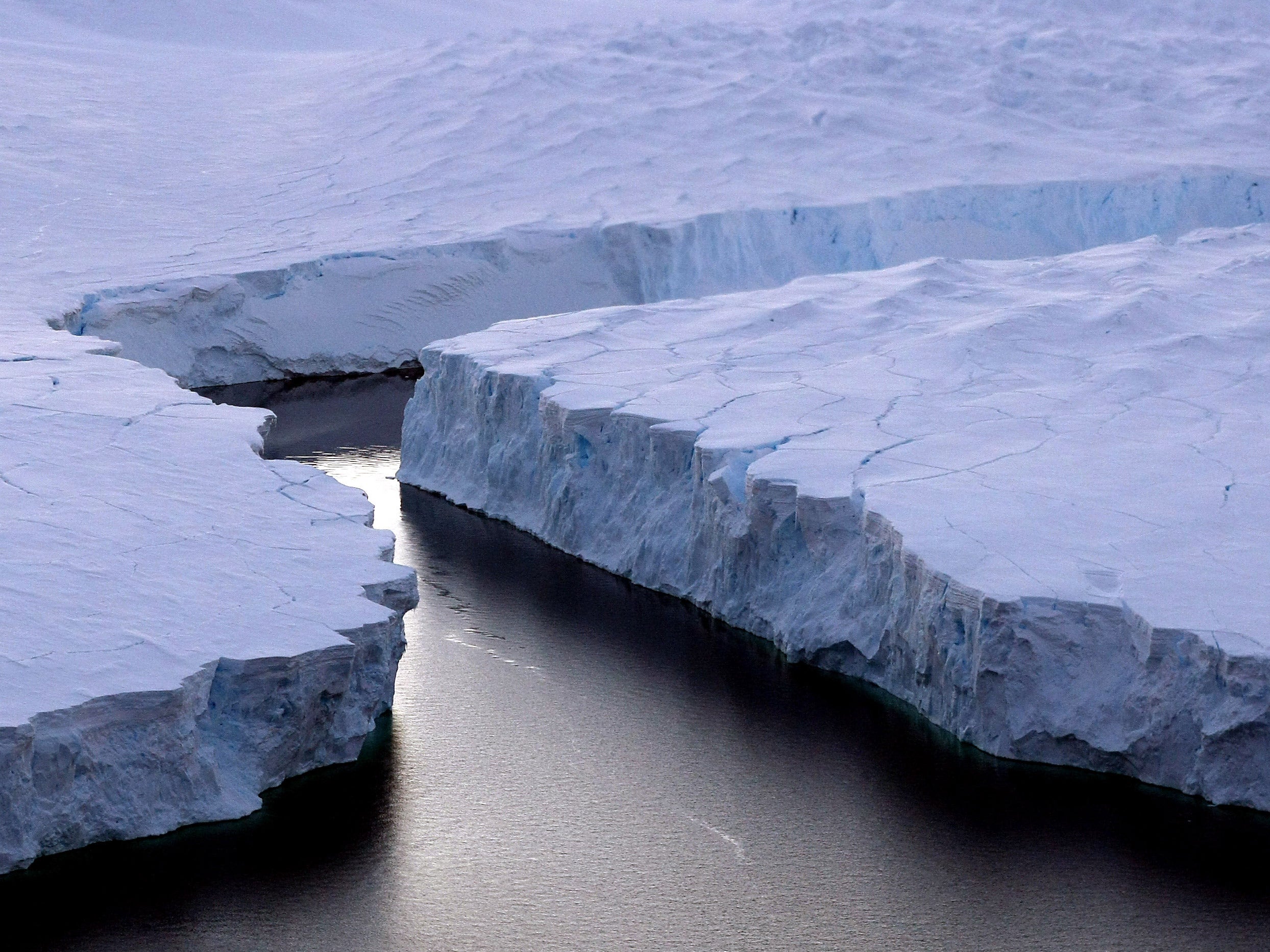Your support helps us to tell the story
From reproductive rights to climate change to Big Tech, The Independent is on the ground when the story is developing. Whether it's investigating the financials of Elon Musk's pro-Trump PAC or producing our latest documentary, 'The A Word', which shines a light on the American women fighting for reproductive rights, we know how important it is to parse out the facts from the messaging.
At such a critical moment in US history, we need reporters on the ground. Your donation allows us to keep sending journalists to speak to both sides of the story.
The Independent is trusted by Americans across the entire political spectrum. And unlike many other quality news outlets, we choose not to lock Americans out of our reporting and analysis with paywalls. We believe quality journalism should be available to everyone, paid for by those who can afford it.
Your support makes all the difference.An Antarctic ice shelf half the size of Rhode Island will break off into the ocean within the next five years according to a NASA study.
Already cracked since 2002, Larsen B, situated closest to the tip of South America, is one of many such structures predicted to cause an acceleration in the rise of sea levels when it finally disintegrates in what’s expected to be 2020.
The shelf covers 625 square miles and is one of many frozen masses which overhang the continent around its edges, the largest of which is the size of France.
Once gone, the glaciers behind Larsen B, which themselves have already thinned by 20m in depth since the 2002 incident, will have nothing to stop them from slipping into the waters at an increased rate putting further pressure on global waters.
The findings, published in the Earth and Planetary Science Letters journal, used data gathered from air surveys and radar to study the 10,000-year-old rice shelf remnant.
NASA’s report comes as another stark warning of the dangers of climate change and the need to manage CO2 emissions to slow sea level rise and protect coastal regions. In 2000, a UN environmental panel predicted that the Maldives would be uninhabitable by the year 2100.

Join our commenting forum
Join thought-provoking conversations, follow other Independent readers and see their replies
Comments